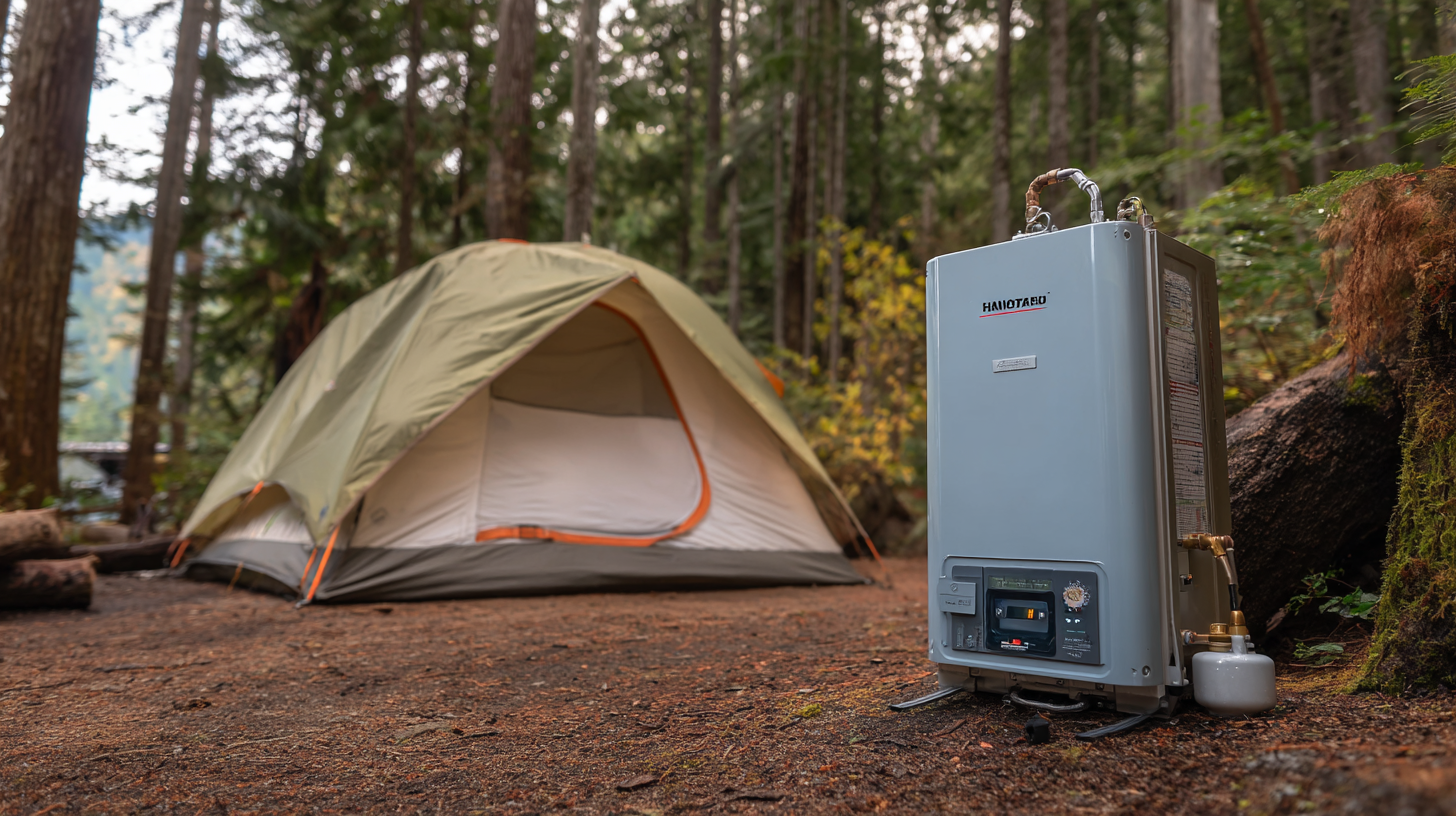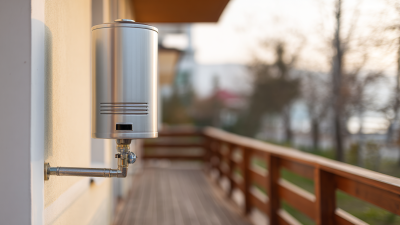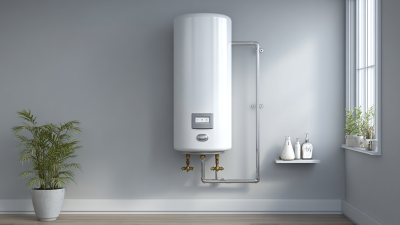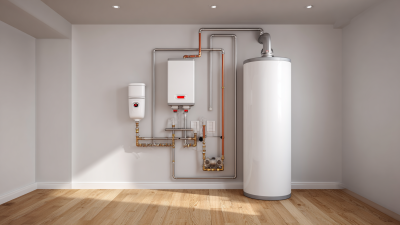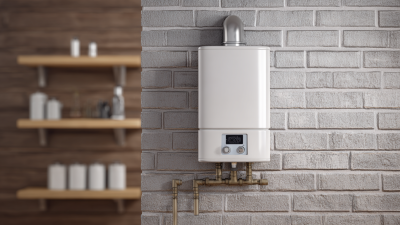
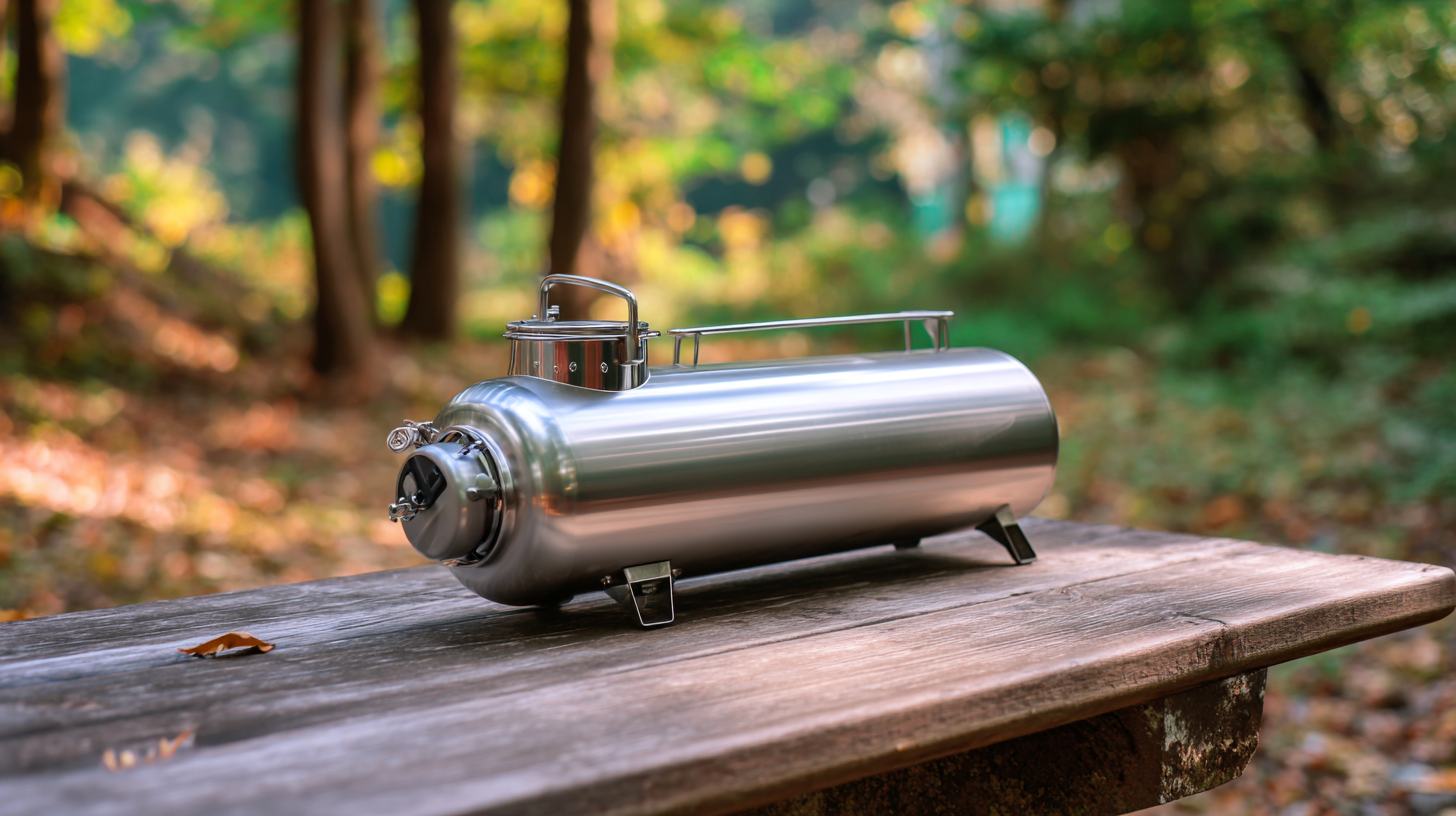 Choosing the best Outdoor Instant Water Heater for your camping needs can significantly enhance your outdoor experience, ensuring you have access to hot water for cooking, cleaning, and personal hygiene. With a wide variety of options available on the market, it is essential to understand the key features and factors that distinguish one model from another. An Outdoor Instant Water Heater can provide the convenience and comfort you desire while enjoying nature, allowing you to enjoy activities like showering or washing dishes without the hassle of traditional heating methods.
Choosing the best Outdoor Instant Water Heater for your camping needs can significantly enhance your outdoor experience, ensuring you have access to hot water for cooking, cleaning, and personal hygiene. With a wide variety of options available on the market, it is essential to understand the key features and factors that distinguish one model from another. An Outdoor Instant Water Heater can provide the convenience and comfort you desire while enjoying nature, allowing you to enjoy activities like showering or washing dishes without the hassle of traditional heating methods.
This guide will explore the critical considerations to keep in mind, from size and weight to fuel type and heating capacity, ultimately helping you make an informed decision that suits your specific camping requirements.
Whether you're a seasoned camper or a novice enthusiast, having the right Outdoor Instant Water Heater can elevate your adventure and make your time spent in the great outdoors even more enjoyable.
When selecting an outdoor instant water heater for your camping trips, it is essential to understand the various types available on the market. The most common types are propane-powered heaters, electric heaters, and portable tankless models.
Propane-powered heaters are popular among campers for their ability to provide hot water quickly without relying on electricity, making them ideal for remote locations. These units are typically lightweight, easy to set up, and can deliver a consistent flow of hot water on demand.
Electric heaters, while convenient, require a power source, which may not always be accessible in the great outdoors. However, they often provide a steady temperature and are quieter than their propane counterparts.
Portable tankless models combine the benefits of both propane and electric heaters, offering versatility and efficiency. These units heat water as it flows through the system, eliminating the need for a bulky tank. They are perfect for campers looking for a compact solution that doesn’t compromise on performance. Understanding these differences can help you choose the right instant water heater that suits your camping needs best.
When selecting an outdoor instant water heater for your camping needs, certain key features can greatly enhance your experience. First and foremost, consider the heater’s flow rate. This determines how much water the heater can deliver per minute, which is crucial for tasks like showering or washing dishes. A higher flow rate is ideal for families or groups, ensuring everyone can enjoy hot water without long waits.
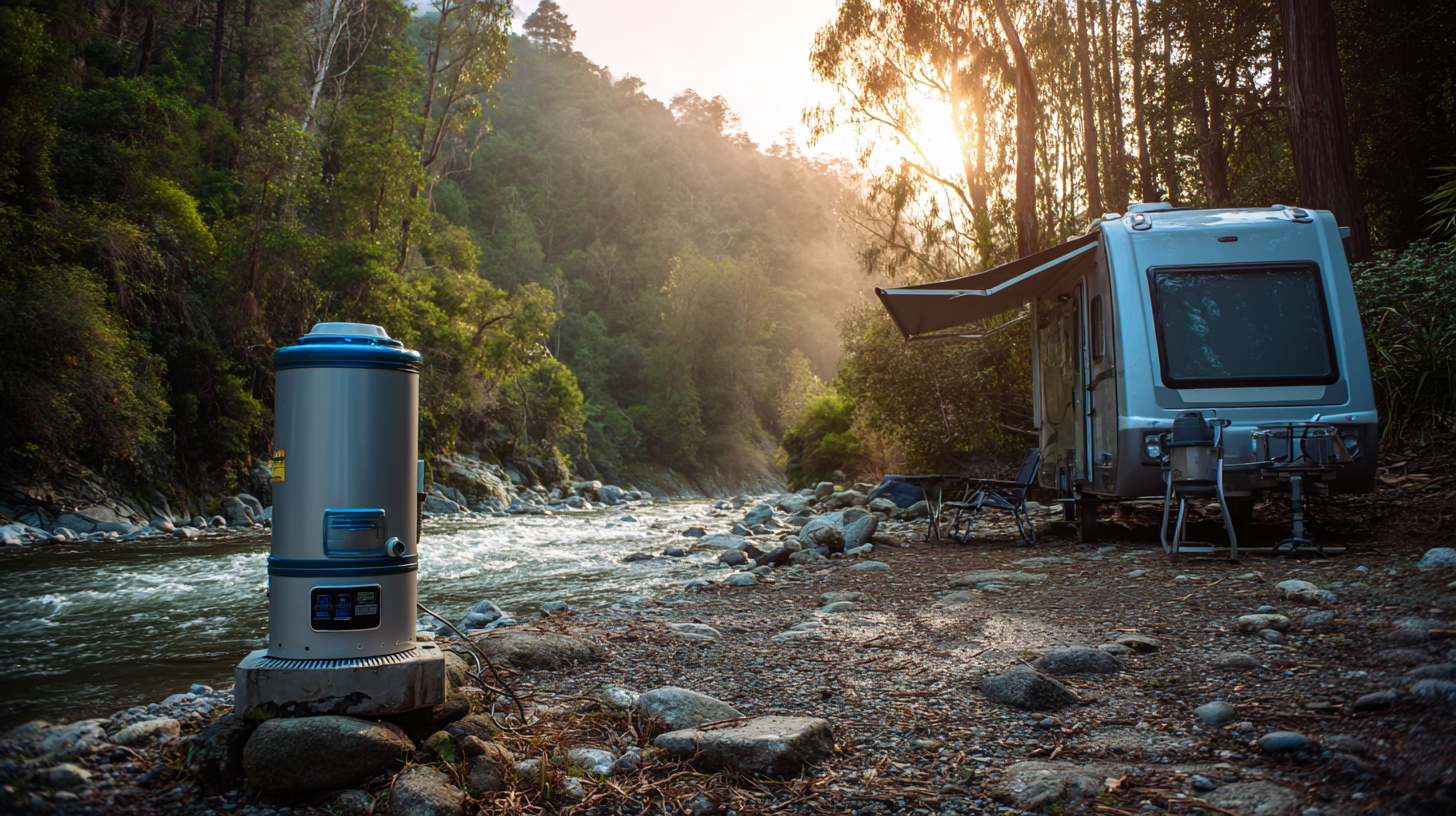
Next, evaluate the heater's fuel efficiency and energy source. Many campers prefer propane models due to their portability and high output. However, battery-operated or solar-powered options are great for eco-conscious campers looking to reduce their carbon footprint. Additionally, check the unit's safety features, such as automatic shut-off mechanisms and pressure relief valves, to prevent accidents while enjoying the great outdoors.
Lastly, portability and ease of setup are essential; look for lightweight designs that are easy to transport and quick to assemble. By focusing on these features, you can find the perfect outdoor instant water heater to meet your camping adventures.
When selecting the best outdoor instant water heater for camping, understanding the different fuel sources available—gas, propane, and electric—is crucial. According to the U.S. Department of Energy, propane is one of the most efficient and versatile fuels for outdoor heating, with a higher energy content compared to natural gas, delivering approximately 91,500 BTUs per gallon. This makes propane models a popular choice among campers seeking rapid and efficient heating capabilities.
Conversely, electric water heaters, while often less portable, can be highly efficient for those who have access to a power source. A study from the Electric Power Research Institute states that electric heaters are typically 90-95% efficient, translating to minimal energy loss. However, the practicality of electric models may hinge on nearby electrical outlets or the availability of portable power stations. When camping in more remote areas, gas or propane units tend to be favored for their independence from electric infrastructure, allowing campers to enjoy hot water without being tethered to a power source.
This chart illustrates the average efficiency ratings of different fuel sources for outdoor instant water heaters. Propane stands out with the highest efficiency rating, making it an excellent choice for camping needs.
When selecting an outdoor instant water heater for camping, size and portability are essential factors to consider. The heater should be compact enough to fit in your camping gear without taking up excessive space. Look for models that are lightweight and designed for easy transport. Many modern heaters come with handles or straps that enhance their portability, making them convenient to carry to remote locations.
Additionally, consider the water heater's output capacity, ensuring it meets your needs while still being manageable. A good rule of thumb is to choose a model that can provide enough hot water for your group size without being overly bulky. Portable heaters often come with collapsible features or folding designs that further aid in saving valuable packing space. By evaluating these characteristics, you can find the perfect balance between performance and convenience, ensuring that your camping experience remains enjoyable and hassle-free.
When selecting an outdoor instant water heater for camping, budget considerations play a crucial role. Many campers aim to find a quality heater that does not strain their finances. However, it’s essential to remember that the cheapest option may not always provide the best value. Recent studies by consumer advocacy organizations have highlighted instances where low-cost heaters have significantly underperformed, indicating that price alone is not a reliable indicator of quality.
For instance, a recent report revealed that some budget heaters failed to meet safety and performance standards, raising concerns among users. In the same vein, investing in a slightly pricier model from reputable brands can ensure better durability and efficiency, often leading to enhanced camping experiences. Additionally, features such as rapid heating times and lightweight designs are frequently found in higher-quality units, justifying their higher price tags. Ultimately, a careful evaluation of both cost and performance is essential to make an informed purchasing decision that balances quality with budgetary constraints.
